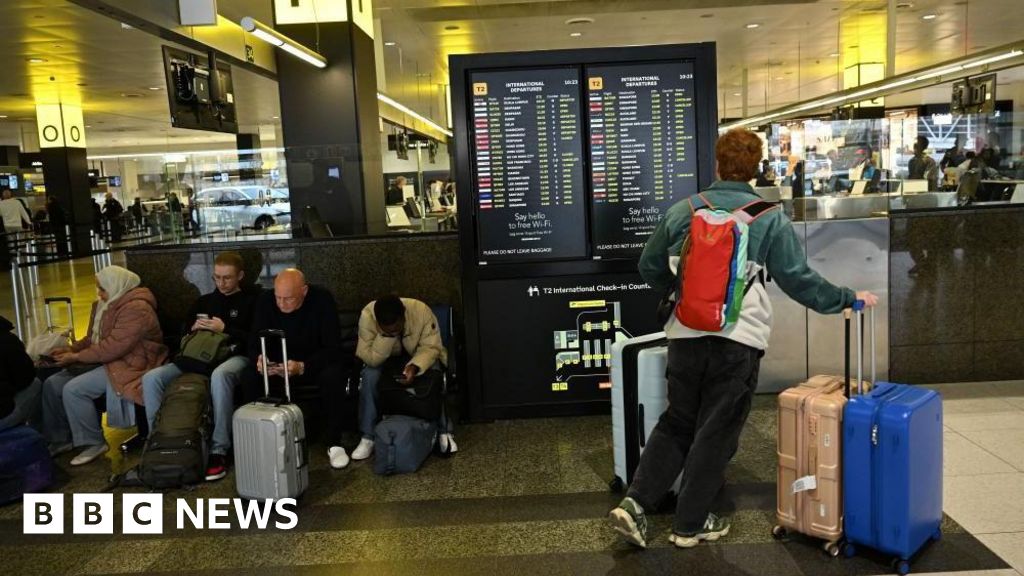Microsoft says it estimates that 8.5m computers around the world were disabled by the global IT outage.
It’s the first time a figure has been put on the incident and suggests it could be the worst cyber event in history.
The glitch came from a security company called CrowdStrike which sent out a corrupted software update to its huge number of customers.
Microsoft, which is helping customers recover said in a blog post: “We currently estimate that CrowdStrike’s update affected 8.5 million Windows devices.”



In case you needed to another reason to switch to Linux.
Windows is so unreliable that even Microsoft runs Linux internally.
When this happened to Linux and MacOS users of Crowdstrike some time ago, no one cared.
https://forums.rockylinux.org/t/crowdstrike-freezing-rockylinux-after-9-4-upgrade/14041
The bug seems to have only affected certain Linux kernels and versions. Of course no one cared, because it didn’t simultaneously take out hospital systems and airline systems worldwide to an extent that you’d only think you’d see in movies.
Linux has comparitive advantages for being so diverse. Since there are so many different update channels it would be hard to pull off such a large outage, intentionally or unintentionally. Yet, if we imagine a totally equivalent scenario of a CrowdStrike update causing kernel panics in most Linux distribitions, this is what could be done: